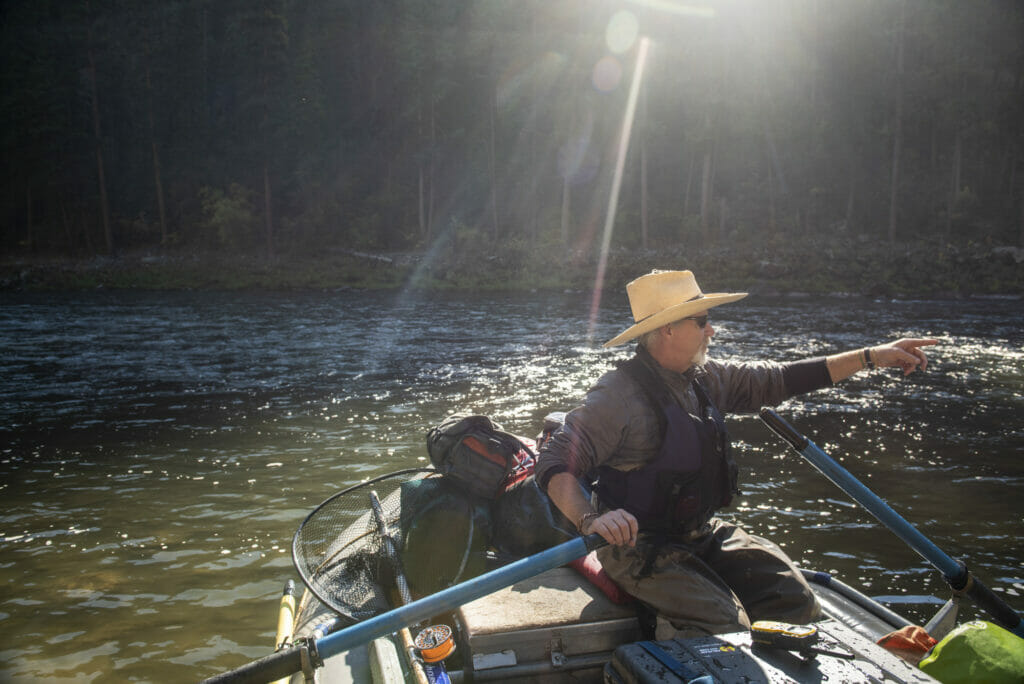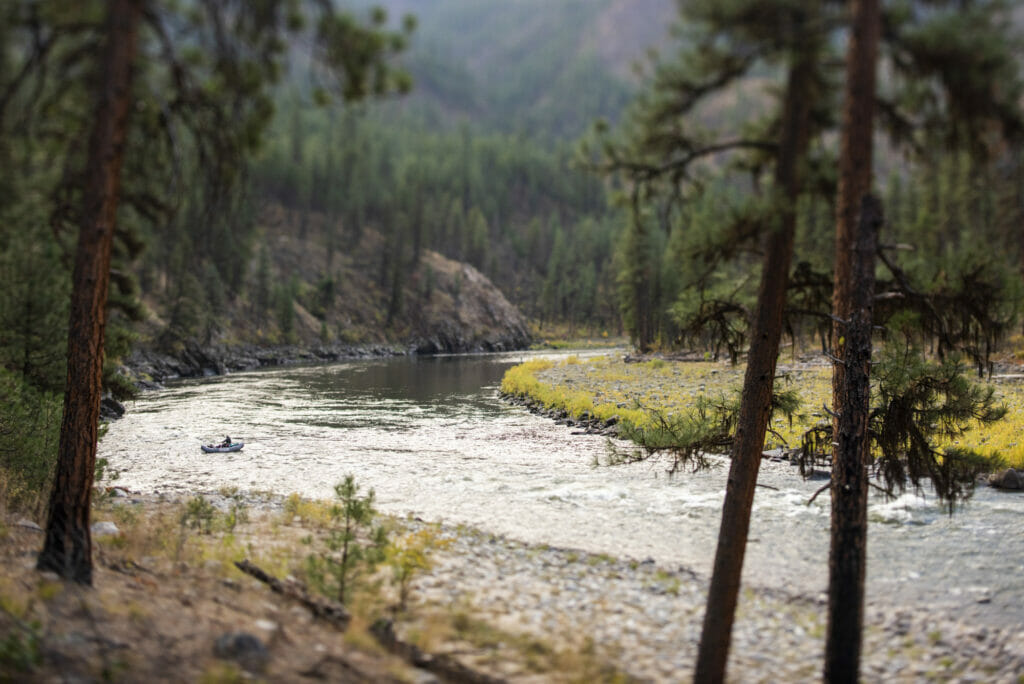Float season is here. Here’s how to make yourself heard above the noise.
Editor’s note: The float season has begun. The first oar stroke has likely been taken. We’ve shoved off into the flow of the known and inherently the unknown. As rivers go, the formula is simple. There’s one direction to go. What happens between boat ramps is up to you.
With that, we at Trout Unlimited want you to be the best boater you can be this summer. Safety is paramount, which is why we’re dedicating the next few boat blog posts to this topic.

Rivers are loud.
The echoing of moving water off the canyon walls provides a surround-sound experience which can rival or exceed any of today’s fancy high-tech devices. These sounds aren’t to be ignored and, for a single raft traveling downriver, should be appreciated and recognized as part of the experience of being immersed in the beauty of the moment.
There’s a catch. When traveling with other rafts or even a group of rafts, the audible experience often makes communication difficult. Communication between fellow rafters is critical on new and familiar rivers alike. Conditions change, flows change, rocks move, holes appear where they may never have before.

Shouting isn’t an option in most cases.
It’s human nature to point at danger. Just watch my children when they’re on our boat. They constantly point at rocks, logs or holes I don’t want to hit. While I appreciate their attentiveness and concern in the moment, the time has come to undo what they’ve taught themselves.
Enter “Point Positive.”

Don’t point at danger—point away.
I was reminded of this form of communication during a brief swiftwater rescue class this spring. To most effectively communicate where you want others to go on the water, always point in the direction they need to go, not toward what you want them to avoid.

Ultimately, point positive is a life lesson that we all can adopt. It’s also a fine way of thinking about the conservation goals we want to achieve at TU: Point positive is about acting toward the solution and away from the problem.
So, where will you be pointing from now on?



